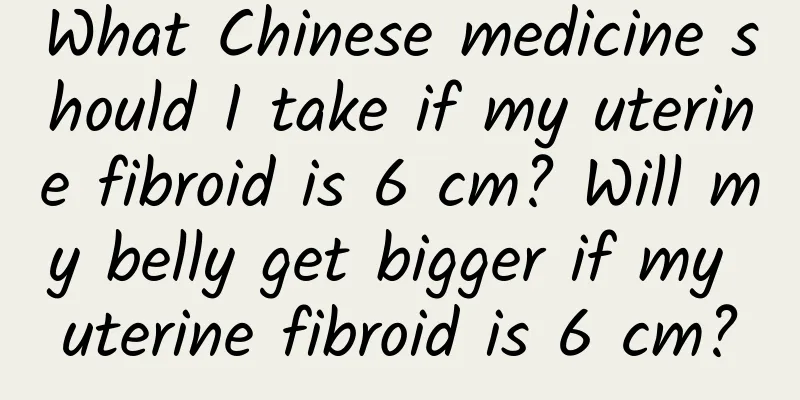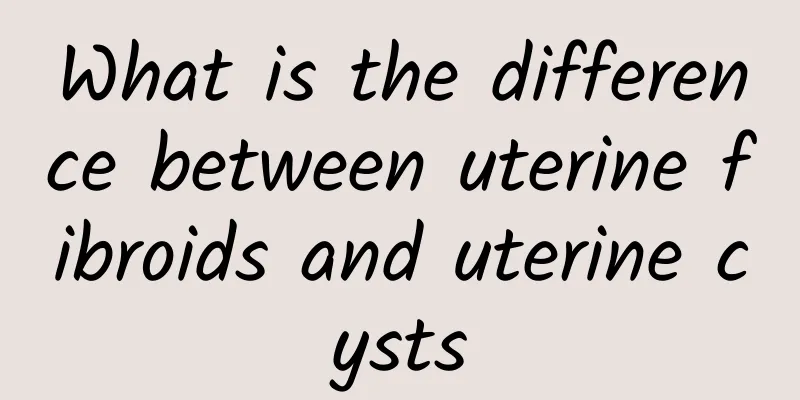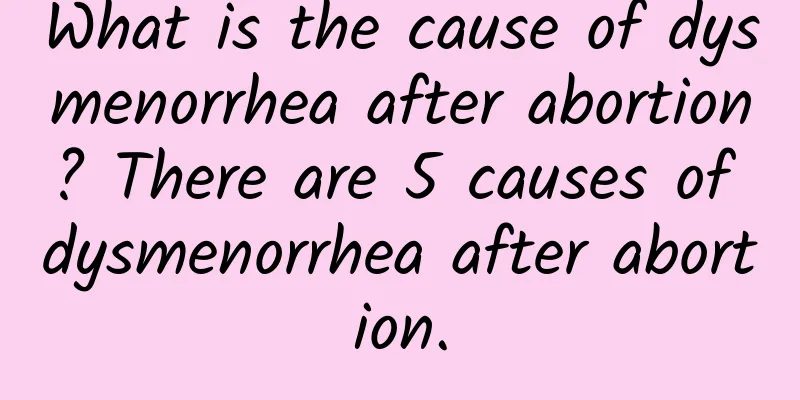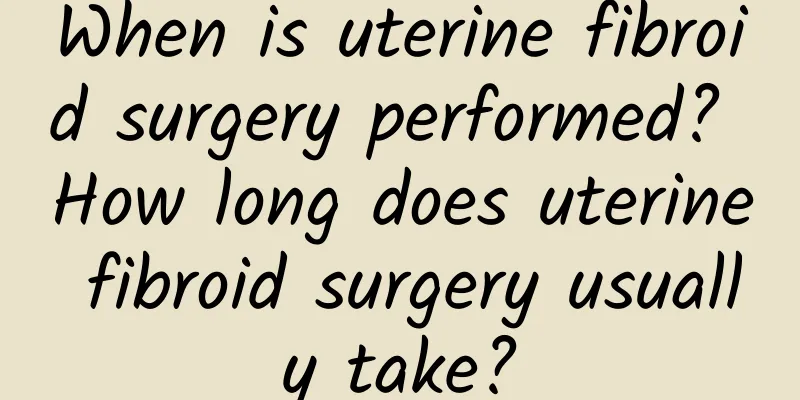Do uterine polyps require surgery? Consider the actual situation
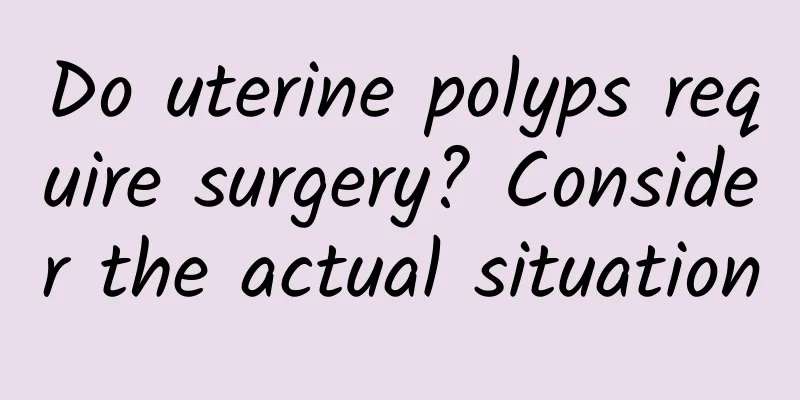
|
How patients with cervical polyps should be treated should be determined based on actual conditions. If the polyps are large, surgical treatment should be chosen. If there are no abnormalities, laser treatment or physical therapy can also be chosen. However, these methods may have their own shortcomings, so the choice should be based on actual conditions. How cervical polyps should be treated actually depends on the severity of the disease, but many patients think that since the disease has appeared, they should choose surgical treatment as soon as possible, so as to truly achieve the effect of controlling the disease and reduce the chance of deterioration. So, do cervical polyps require surgery? |
<<: What medicine is good for intrauterine adhesions? Choose the right treatment
Recommend
Why does uterine fibroids grow during cesarean section? Will cesarean section cause uterine fibroids?
Why does a cesarean section cause uterine fibroid...
Symptoms of adnexitis can also be found on a daily basis
Adnexitis is common in daily life. After sufferin...
How to have a miscarriage in the fifth month? The dangers of miscarriage in the second half of pregnancy
For some reasons, many women need to have an indu...
Painless abortion 13 days later, brown blood suddenly appeared
If brown blood suddenly flows 13 days after painl...
What are the drug treatments for chronic cervicitis? There are two main drugs used in clinical treatment of chronic cervicitis.
Patients with chronic cervicitis cannot lack the ...
Explain the diagnostic criteria of dysmenorrhea from two aspects
Traditional Chinese medicine and Western medicine...
Physical health care for menopausal women
Experts say that menopause is a common gynecologi...
Will ectopic pregnancy cause frequent urination?
Will ectopic pregnancy cause frequent urination? ...
What are the hazards of female cervical erosion repair surgery? What should be paid attention to when treating cervical erosion?
There are many women who suffer from gynecologica...
What is the probability that the gestational sac will not be expelled after medical abortion? Knowing this early will benefit you sooner
Although medical abortion is simple and convenien...
What is fallopian tube tuberculosis and how is it treated?
Tubal tuberculosis is an inflammatory disease of ...
Generally, artificial abortion will cause abdominal pain
With the change of young men and women's conc...
Can I get pregnant if I have adnexitis?
Gynecological disease experts talked to everyone ...
What are the typical symptoms of uterine fibroids? What are the early symptoms of uterine fibroids?
Uterine fibroids are a common gynecological disea...
What are the symptoms of chronic pelvic inflammatory disease
What are the symptoms of chronic pelvic inflammat...
